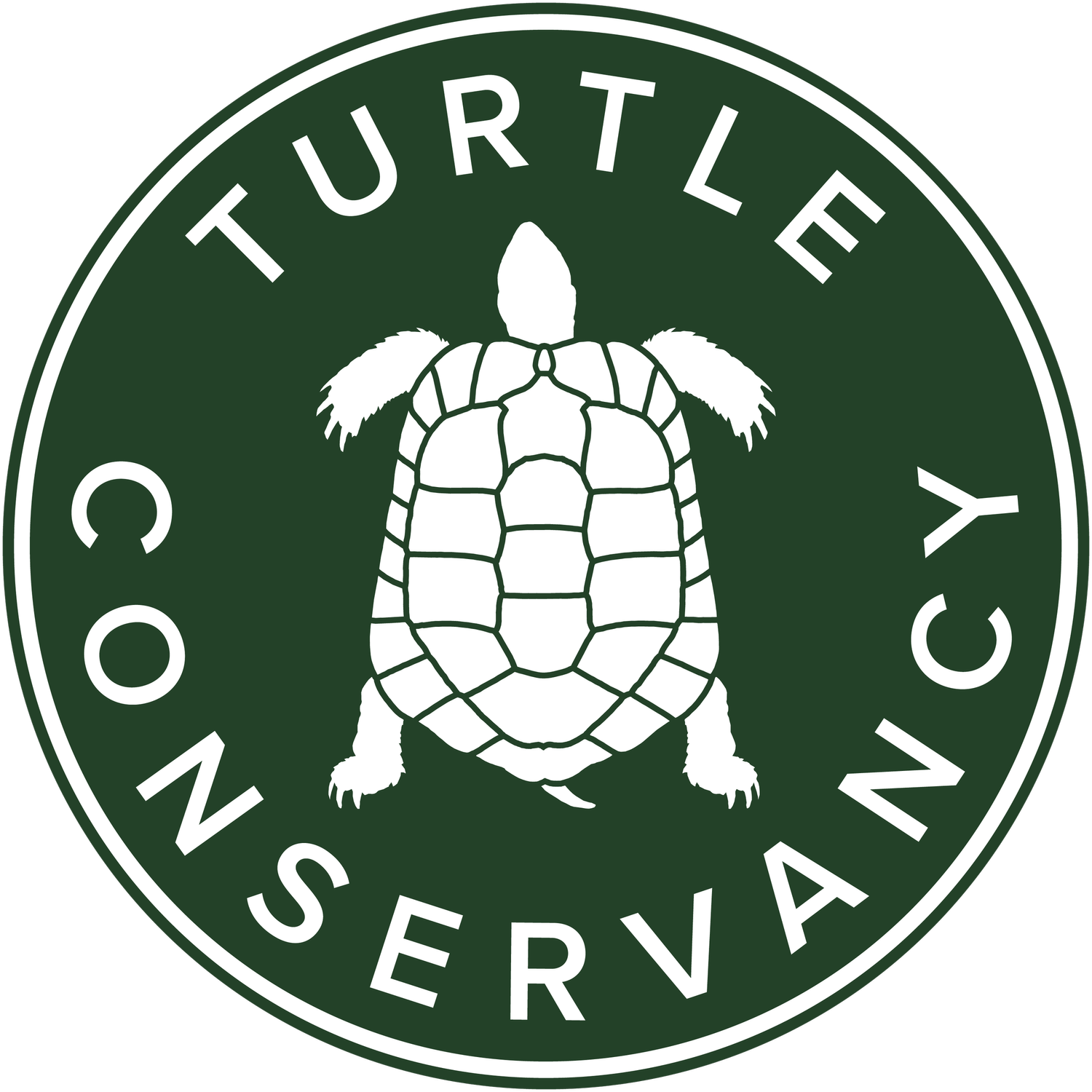Do you ever wonder how the turtle species we know—and work tirelessly to conserve—came to be in the first place? Researchers asking these questions often look to fossils to see evolutionary change in bones over time, but examining the skeletons of living species helps piece together the past to the present.
Earlier this month, the TC was delighted to host paleontologist Dr. Walter Joyce and Ph.D. student Léa Girard from the University of Fribourg Switzerland and facilitate their use of the Pritchard Collection for research. The visit marks a new chapter for the collection since it was incorporated into the TC nearly two years ago.
Dr. Joyce was primarily focused on documenting the entirety of the collection’s holdings of specimens of Trionychidae (commonly known as softshell turtles) as part of a long-term study to understand the evolutionary origins of this unique group of turtles. Girard spent her time in the collection using state of the art 3D scanning technology to support research examining the shell morphology across a broader range of taxa.
Ph.D. Student, Léa Girard, creates a 3D scan of a preserved shell
Historically, the Prichard collection has long been of interest to researchers studying the evolution of turtles and tortoises. The collection is among the largest of its kind and holds specimens representing more than 70% of living turtle species. We are honored to be custodian of this invaluable resource possessing a wealth of information about turtle biodiversity waiting to be unlocked by researchers and students.
If you have an interest in volunteering as a curatorial assistant, or would like to submit a research request, please contact our curator.







